

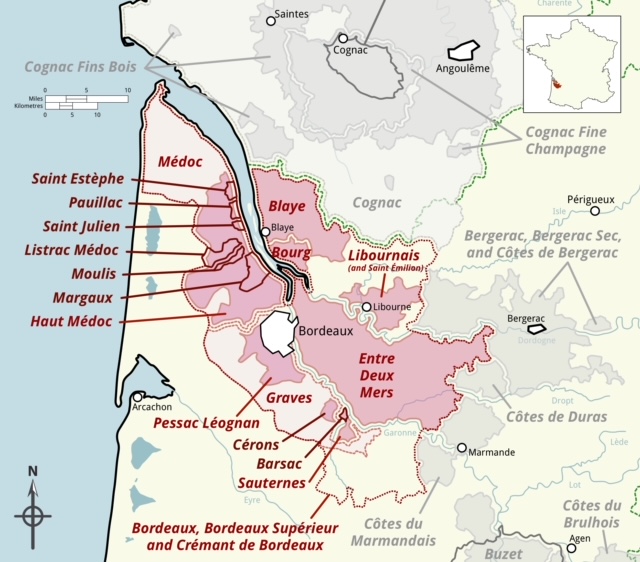

|
James Suckling |
94/100
|
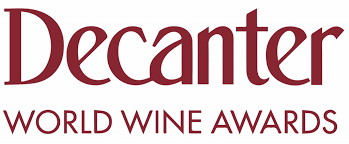
|
Decanter |
92/100
|
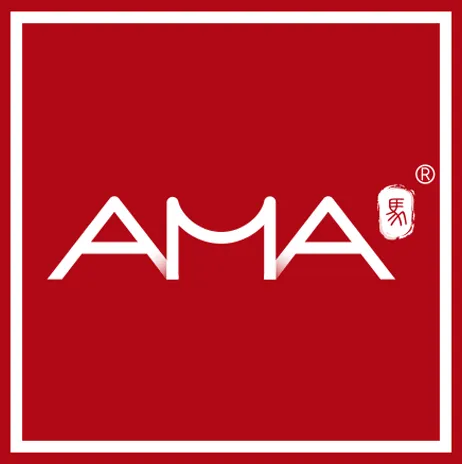
|
Alexandre Ma |
91/100
|
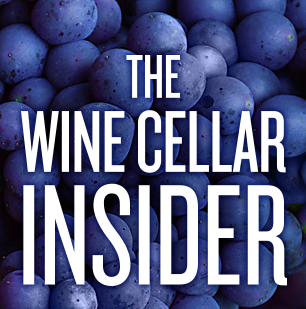
|
Jeff Leve |
90/100
|
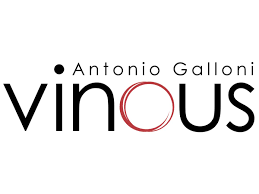
|
Vinous - A. Galloni |
90/100
|
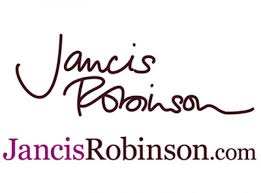
|
Jancis Robinson |
16.5/20
|
|
|
VIVINO |
4.1/5
|

Under the law of Singapore, intoxicating liquor must not be sold or supplied to a minor in the course of business.